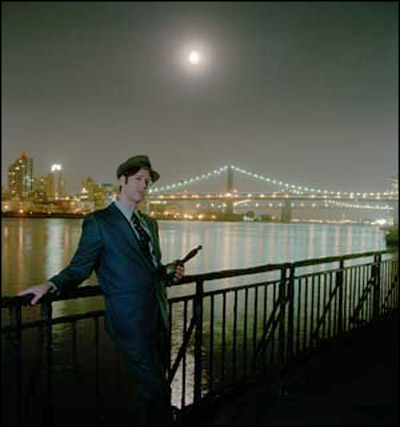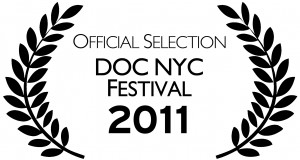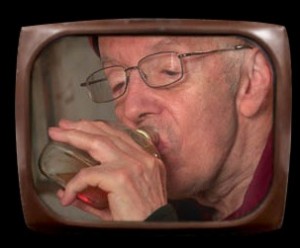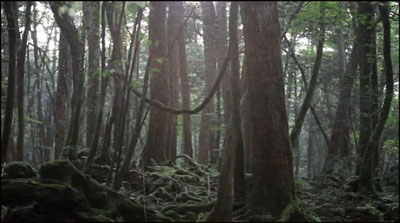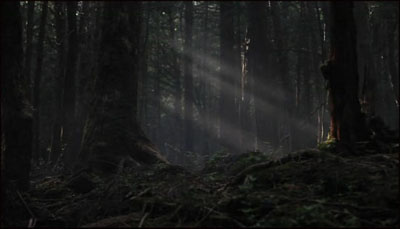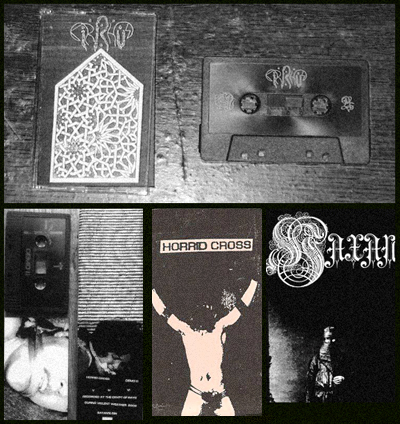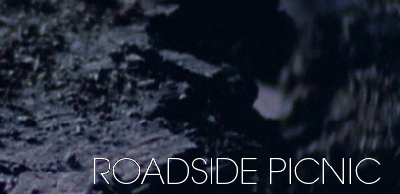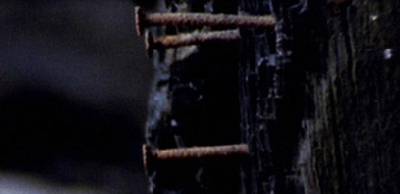Rabbit Rabbit Radio
![]()
(Rabbit Rabbit Radio illustration by Mariko Ando.)
Next Wednesday, February 1st, professional musicians/married couple/doting parents Carla Kihlstedt and Matthias Bossi –whose various other projects have been mentioned on Coilhouse many times— are launching a very interesting new multimedia musical subscription service called Rabbit Rabbit Radio.

The Kihlstedt/Bossi family: Matthias, Tallulah, and Carla. Photo by Eurydice Galka.
Last year, not long before the Sleepytime Gorilla Museum (a legendary band they were members of) closed its doors, Kihlstedt and Bossi moved from Oakland to Cape Cod with their baby girl Tallulah. “Our lives have changed a lot since [she] was born and since we moved back East.” Kihlstedt and Bossi predict that their Rabbit Rabbit Radio project will help them to accomplish many things, warmly and comfortably, in ways that more traditionally grueling channels (constant low-budget touring is exhausting enough without kids!) could not:
“It keeps us in touch with you [our audience]. It conveys each song with much more depth and dimension than a simple iTunes download would. It holds us to an ongoing commitment to our own creativity. It allows us to be creatively independent from home, which in turn allows us to be good parents. In short, everyone wins. We have finally created our very own dream job.”
Fans who subscribe to Rabbit Rabbit Radio can choose to pay $1, $2, or $3 per month (but there’s no difference in content access; it’s just a chance to pay them a bit more for their efforts, if you can afford to). You can learn more –and get a taste of the quirky, sweet whimsy this lovely duo creates together– from the following YouTube pitch video:
RRR has its own Twitter account and a Facebook page as well.
Rabbit Rabbit Radio is a fascinating-yet-simple premise that feels very new, and fresh, and… cozy! Kihlstedt and Bossi both hope this kind of project takes off: “there are lots of artists whom we would gladly subscribe to ourselves!” While there may very well be other musicians out there attempting similar transmedia subscription services (and please feel free to give them a shout-out in comments, because we’d love to know more about them, too) it’s certainly not status quo quite yet. Fingers crossed that it soon will be.
The modern quest for reasonable and sustainable alternatives to a more staid career path in the arts is always worth discussing on Coilhouse. We live in interesting- no, scratch that, fascinating times. It might feel daunting to watch the old regimes fall down around our ears, but there’s no doubt about it: we are lucky to be alive during a time period where there’s so much opportunity to build newer, better, kinder infrastructures. Let’s stay tuned in!


